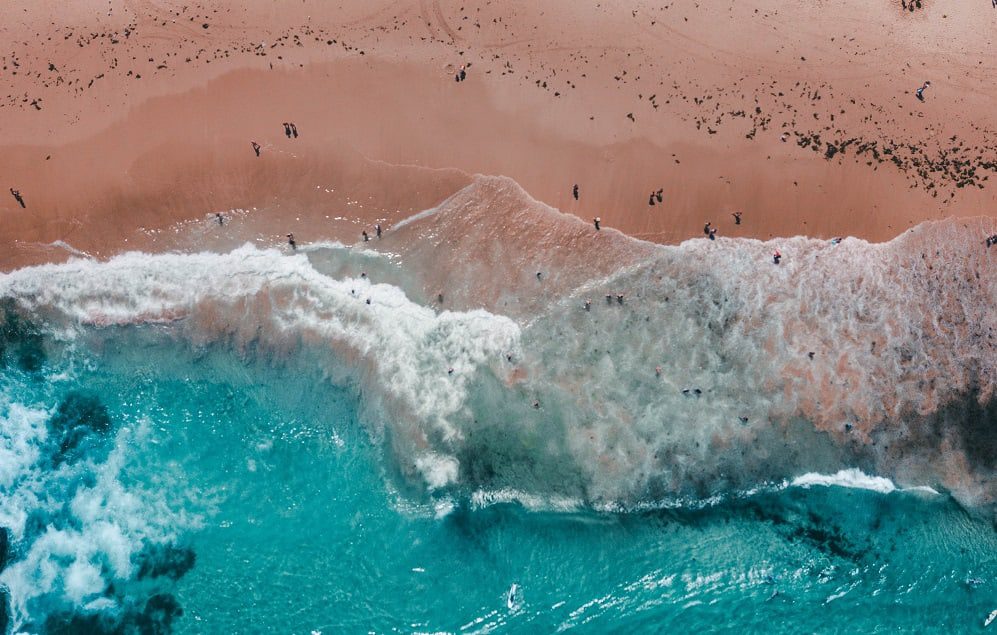We may be doing a great job of promoting our natural icons, but are we doing enough to protect them?
It’s a question tackled by a new report from the Climate Council entitled Icons at Risk: Climate Change Threatening Australian Tourism.
And the findings? Well, you’ve probably heard that the Great Barrier Reef is in danger, but it turns out it’s not the only Australian tourism icon currently at risk from climate change.
In fact, the report revealed that all five of Australia’s most popular natural tourist attractions are all in peril as the result of global warming. These include iconic beaches, wilderness areas, national parks, the native wildlife as well as the Great Barrier Reef.
Climate Councillor and ecologist Professor Lesley Hughes underscored the danger facing these vulnerable hotspots as climate change accelerates.
“Tourists travel across the globe to see Australia’s remarkable natural wonders,” she said.
“But these icons are in the climate firing line as extreme weather events worsen and sea levels continue to rise.”
Hughes stressed that beaches could become “no-go zones” during peak holiday periods, while temperatures in Sydney and Melbourne could hit extreme highs of up to 50 degrees Celsius.
It’s a worrying outlook for Australian tourism which employs 15 times more people than coal mining and is heavily dependent on its natural attractions.
Figures show that 8 million international travellers visited Australia to see its natural “icons”, contributing more than $40 million to the economy.
Despite this, the Federal Government is not doing enough to protect these natural assets, according to Climate Council acting chief executive and head of research, Dr Martin Rice.
“Without credible climate policy that cuts Australia’s rising carbon pollution levels, the impacts of climate change will only intensify and accelerate across the country over the coming decades,” he said.
However, there were still some positives to be taken from the report. It commended efforts to tackle pollution levels by a number of tourism operators across the board – from hotels to airlines and even zoos.
“States and territories, local governments and individual tourism operators should be congratulated for rolling up their sleeves and doing their bit to slash pollution by embracing renewable energy and storage technology,” Rice said.
“Now, for the sake of our iconic attractions, we just need the Federal Government to do the same.”
THE FACTS, ACCORDING TO THE CLIMATE COUNCIL:
● Sydney, Melbourne, Hobart, Cairns, Darwin, Fremantle and Adelaide are projected to have a least a 100% increase in the frequency of coastal flooding events (with a 0.5m sea level rise).
● The Red Centre could experience more than 100 days above 35 oC annually, by 2030. By 2090, there could be more than 160 days per year over 35oC.
● The Top End could see an increase in hot days (temperatures above 35ºC) from 11 (1981-2010 average) to 43 by 2030, and up to 265 by 2090.
● Ski tourism: Declines of maximum snow depth and decreasing season length at Australian ski resorts have been reported for over 25 years, increasing the need for artificial snow-making.





